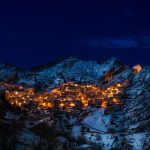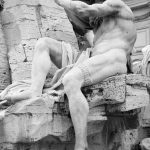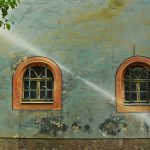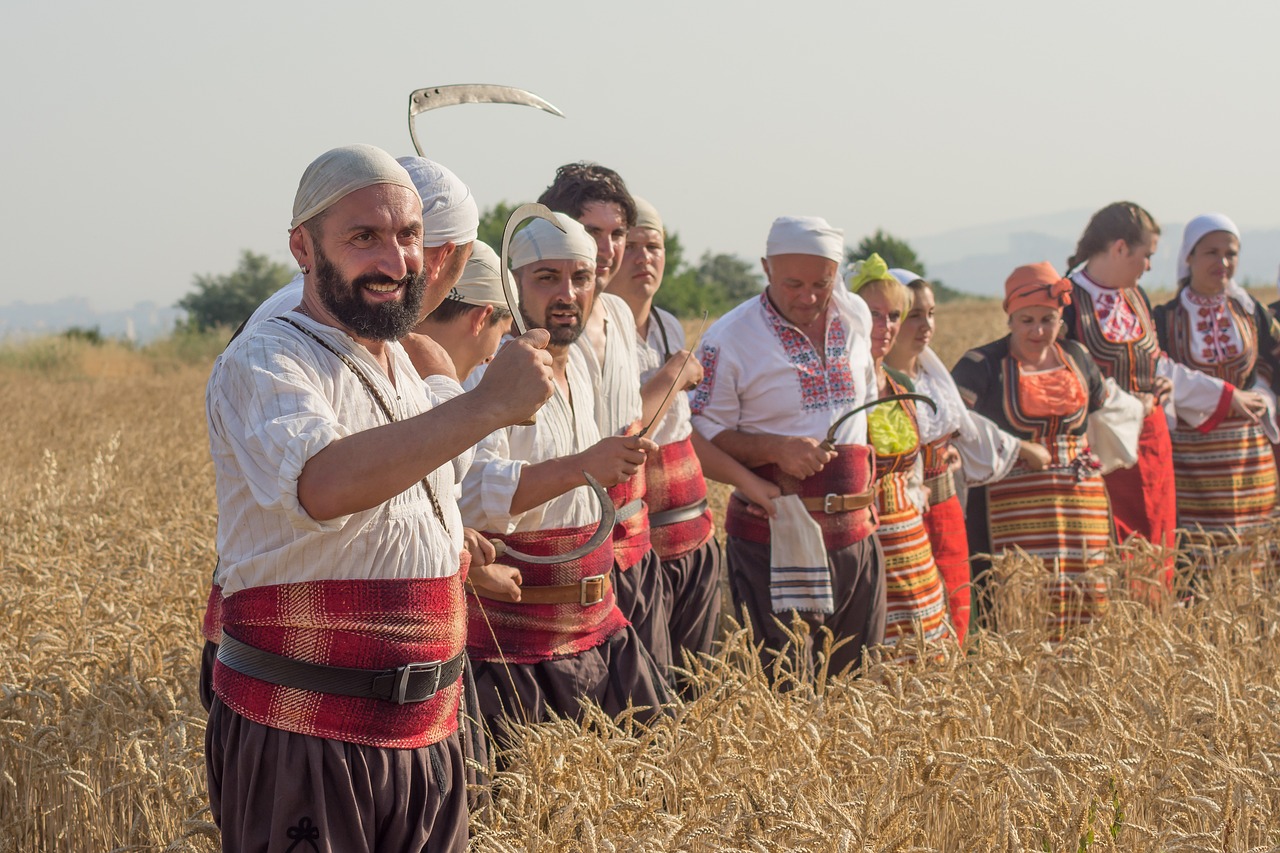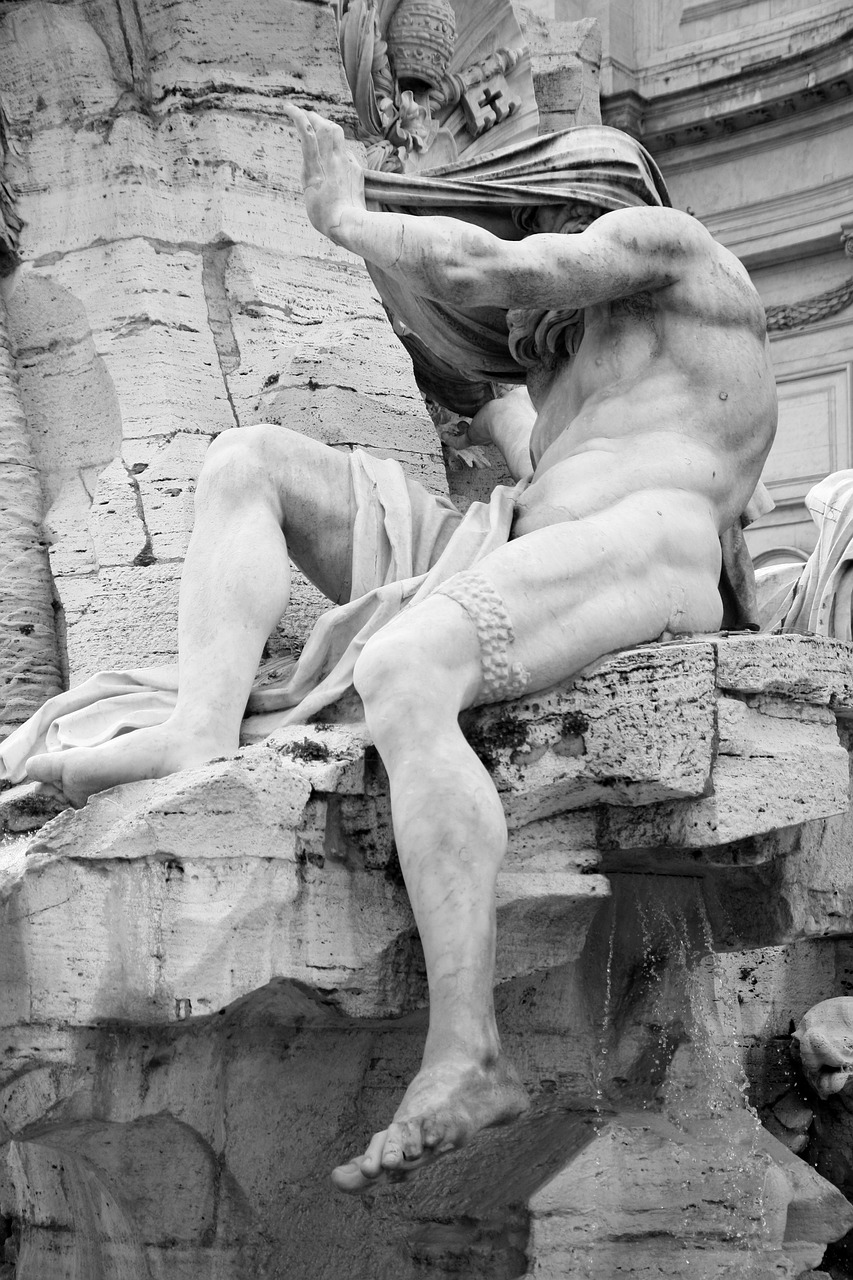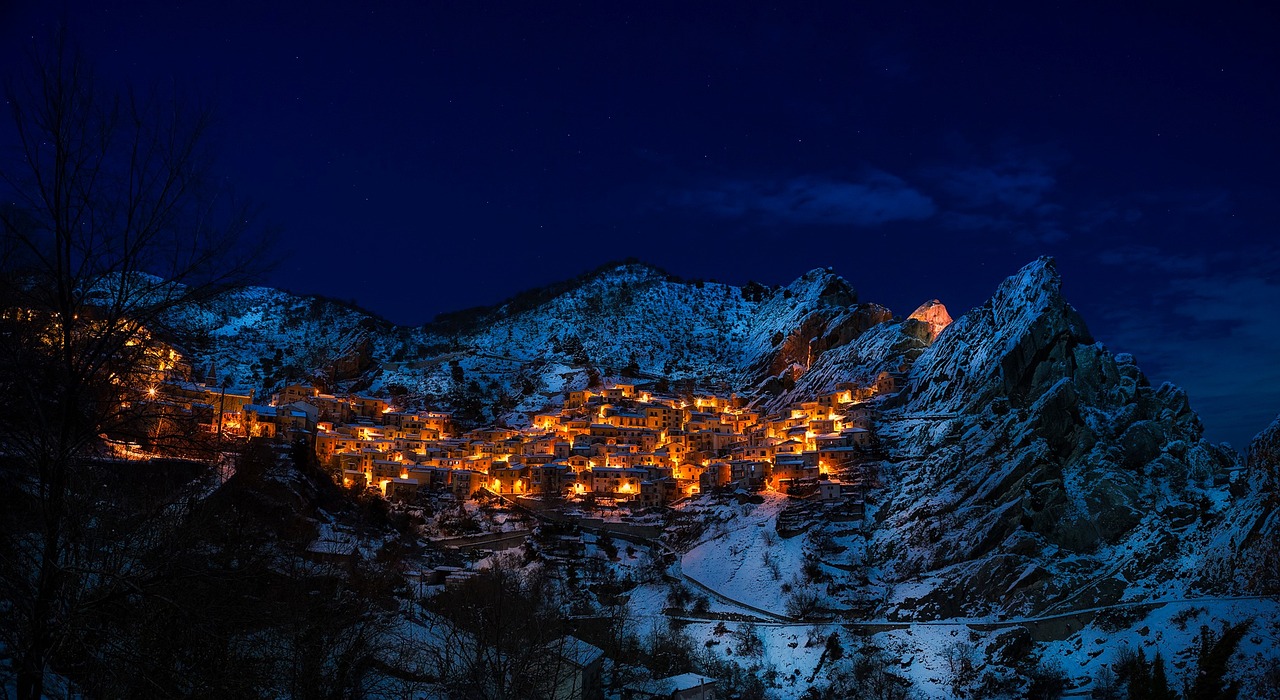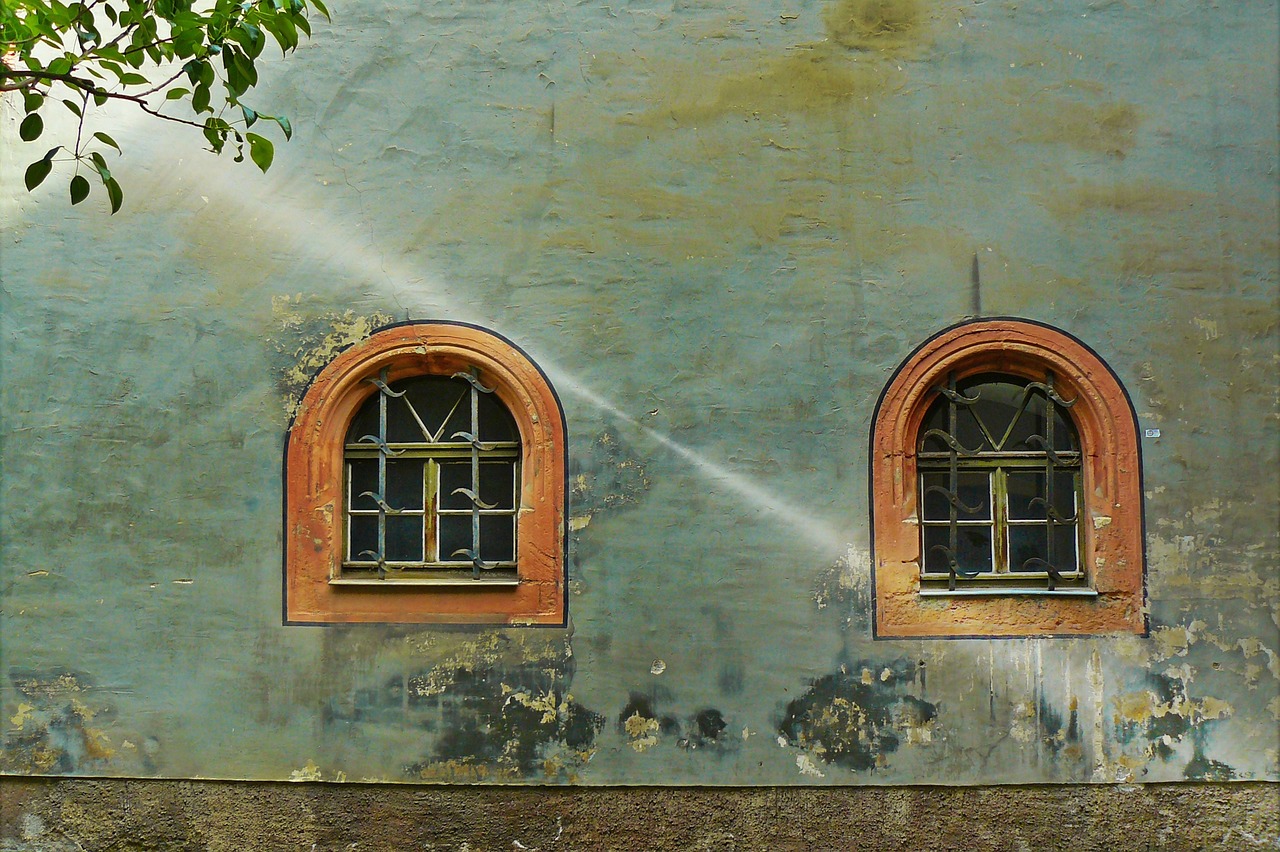In the heart of Sofia, Bulgaria, stands the Catholic Cathedral St. Joseph, a testament to the unwavering resilience of the Catholic community.
This magnificent structure, with its dimensions of 23m long, 15m wide, and 19m high, is more than just an architectural marvel; it is a symbol of strength and perseverance.
The cathedral’s history is one of destruction and rebirth. Despite being devastated during the bombing of Sofia in 1944, the Catholic community continued to gather in a small hall near the site for over five decades.
In 2002, a new temple was erected and consecrated, signaling a new chapter in the community’s journey. Managed by the Order of the Capuchin Little Brothers, the cathedral now stands as a place of worship and reflection, welcoming visitors from Monday to Saturday.
Its preservation and restoration showcase the resilience and determination of the Catholic community in Sofia, making the Catholic Cathedral St. Joseph a true beacon of hope and freedom.
Key Takeaways
- Construction of Catholic Cathedral St. Joseph began in October 1875 and it was destroyed during the bombing of Sofia in March 1944, with only the statue of the Virgin Mary of Lourdes preserved.
- The new cathedral was consecrated in 2002 by John-Paul II and opened in 2006 by Cardinal Angelo Sodano. It is managed by the Order of the Capuchin Little Brothers.
- The dimensions of the cathedral are 23m long, 15m wide, and 19m high, with a 33m high bell tower.
- The cathedral is located in the center of Sofia, near St. Nedelya square, and is open from Monday to Saturday, with specific opening hours. Contact information and a virtual map can be found on the website.
Location and Construction
The Catholic Cathedral St. Joseph in Sofia is located in the center of the city near St. Nedelya square, and its construction began in October 1875.
The significance of this cathedral lies not only in its religious importance, but also in its architectural features. The cathedral’s dimensions are 23m long, 15m wide, and 19m high, with a bell tower that reaches a height of 33m. The architectural style of the cathedral showcases a blend of different influences, including Neo-Gothic and Byzantine elements.
The construction of the cathedral was a testament to the resilience of the Catholic community in Sofia, as it was destroyed during the bombing of Sofia in March 1944, with only the statue of the Virgin Mary of Lourdes surviving.
The reconstruction of the cathedral was consecrated by John-Paul II in 2002 and opened by Cardinal Angelo Sodano in May 2006.
Preservation and Restoration
Preservation and restoration efforts were undertaken to revive the historical structure, ensuring its longevity for future generations.
The destruction of the Catholic Cathedral St. Joseph during the bombing of Sofia in 1944 posed significant preservation challenges. However, the statue of the Virgin Mary of Lourdes miraculously survived, providing a symbol of hope and resilience.
For over 50 years, the Catholic community in Sofia gathered in a small hall near the site of the destroyed temple. Finally, in 2002, a new temple was consecrated by John-Paul II and opened in 2006 by Cardinal Angelo Sodano.
The restoration process aimed to maintain the historical significance of the cathedral, preserving its architectural elements and religious artifacts. Managed by the Order of the Capuchin Little Brothers, the cathedral stands as a testament to the enduring spirit of the Catholic community in Sofia.
Visitor Information
Managed by the Order of the Capuchin Little Brothers, the newly constructed Catholic cathedral in the center of Sofia City provides visitors with essential information on its opening hours, location, and contact details.
The cathedral, named St. Joseph, is a popular tourist attraction in Sofia and is conveniently located near St. Nedelya square. It is open from Monday to Saturday, with opening hours from 8:00 am to 7:00 pm. However, it is closed on Sundays between 3:00 pm and 5:00 pm.
Visitors can easily find the cathedral at 146, Knyaz Boris the 1st Str., Sofia City. For inquiries or further information, they can contact the cathedral at +359 2 811 46 56 or sv.josif@gmail.com.
Additionally, the cathedral’s website, www.sofia.capucini.bg, provides a virtual map and photos for visitors to explore.
Frequently Asked Questions
What is the significance of the statue of the Virgin Mary of Lourdes in the Catholic Cathedral St. Joseph?
The statue of the Virgin Mary of Lourdes in the Catholic Cathedral St. Joseph holds great significance. It plays an important role in fostering a spiritual connection and serves as a symbol of the importance of Marian devotion within the Catholic community.
How did the Catholic community in Sofia continue to practice their faith after the cathedral was destroyed in 1944?
After the destruction of the Catholic Cathedral St. Joseph in Sofia in 1944, the Catholic community continued practicing their faith in a small hall near the site. Their resilience and unity enabled them to overcome post-destruction challenges and eventually restore their Catholic worship practices.
What is the role of the Order of the Capuchin Little Brothers in managing the Catholic Cathedral St. Joseph?
The Order of the Capuchin Little Brothers plays a significant role in the management of the Catholic Cathedral St. Joseph in Sofia. They oversee the day-to-day operations, maintenance, and administration of the cathedral, ensuring its proper functioning and upkeep.
Are there any specific events or ceremonies held at the cathedral throughout the year?
The Catholic Cathedral St. Joseph in Sofia hosts a variety of events and ceremonies throughout the year. These include religious services, weddings, baptisms, and special celebrations such as Christmas and Easter Masses.
Can visitors climb the bell tower of the Catholic Cathedral St. Joseph for a view of Sofia City?
Visitors can climb the 33m high bell tower of the Catholic Cathedral St. Joseph for a panoramic view of Sofia City. The bell tower offers a unique vantage point to admire the city’s architecture and surrounding landscapes.

